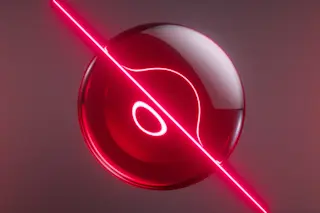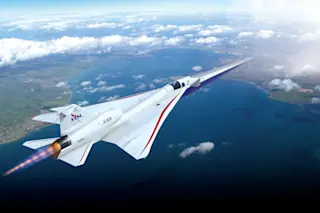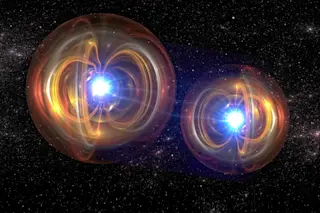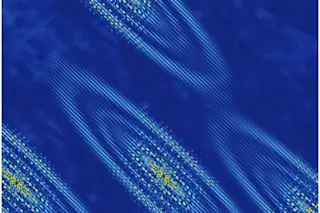Light is pushy. The physical pressure of photons is what allows for solar sail space missions that ride on sunlight, and what allows for dreams of lasers that will push those sails even faster. And light can trap objects, too: Optical tweezers can hold tiny objects in place. Pulling an object with light, however, is another matter. Though it's counter-intuitive to think you could create backward-tugging force with a forward propagating laser and create a real-life tractor beam, the authors of a new physics paper write that they have shown a way it could be done. Jun Chen's research team says that the key is to use not a regular laser beam, but instead what's called a Bessel beam. Viewed head-on, a Bessel beam looks like one intense point surrounded by concentric circles—what you might see when you toss a stone into a lake. The central point in a Bessel ...
How To Build a Laser Tractor Beam (in Theory)
Discover how Bessel beam technology could pioneer tractor beams, harnessing light to create optical forces for future space missions.
More on Discover
Stay Curious
SubscribeTo The Magazine
Save up to 40% off the cover price when you subscribe to Discover magazine.
Subscribe












